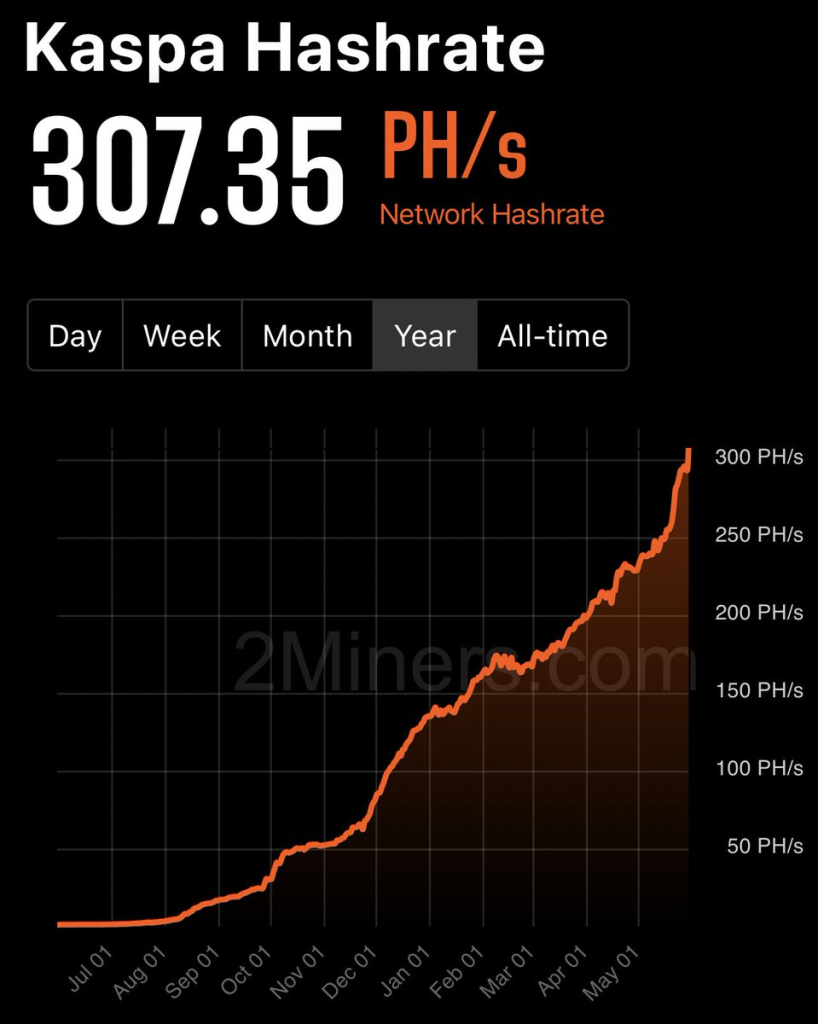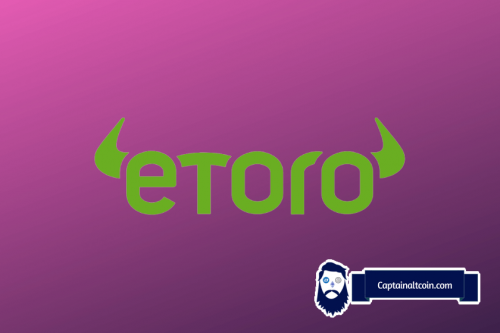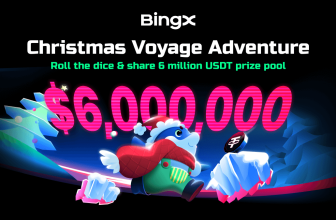According to Christian Ludwig (@christi61026749), the initial surge in Kaspa’s hashrate from December to March was driven primarily by retail investors. Thousands of Kaspa enthusiasts joined the fray, acquiring KS0s (single-board computers) or hosting KS3s and KS5s (ASIC miners). This retail frenzy was complemented by early industrial mining operations like c#rate, which deployed hundreds of ASIC miners.
What you'll learn 👉
Large-Scale Industrial Miners Enter the Fray
The rapid hashrate increase, however, is indicative of a new wave of large-scale industrial miners entering the Kaspa ecosystem. Ludwig suggests that top U.S. public Bitcoin mining companies are heavily investing in Kaspa, with the largest of these companies potentially purchasing thousands of KS5 ASIC miners.

This theory aligns with rumors of multi-thousand KS5 orders and the reason behind Bitmain’s pause in KS5 production until August, as these orders are likely being fulfilled.
Ludwig’s thesis is that these public mining companies are not holding onto their mined Kaspa but instead swapping it for Bitcoin to boost their Bitcoin hashprice (the revenue generated per unit of hashrate) without publicly disclosing this strategy.
This approach allows them to capitalize on Kaspa’s high mining profitability (a KS5 reportedly generates $75 per day compared to $4 per day for a Bitcoin S21 miner) while appeasing investors with perceived higher Bitcoin hashprice.
Positive Impact on Kaspa
Surprisingly, Ludwig views this development as positive for Kaspa. As these large players fail to recognize Kaspa’s significance as a “once-a-decade” leap in distributed computing technology, they are inadvertently distributing a substantial portion of the newly minted Kaspa supply to thousands of buyers.
Furthermore, the influx of hashrate will likely propel Kaspa’s market price upward, as there is a direct relationship between hashpower and price. Even a 2.5x price increase would make Kaspa mining as profitable as it was in February.
Doge2014 raises 500K in days celebrating Dogecoin. Make potentially big profits and get in on exclusive airdrop!
Show more +Brilliance of Kaspa’s Emission Schedule
Ludwig praises Kaspa’s emission schedule, designed to avoid large-scale ASIC mining operations from hijacking a significant portion of the supply. Less than 75% of emissions occurred in the first two years, distributed to CPU and GPU miners, enhancing decentralization. The remaining 25% will be emitted over the next 13 years through ASIC mining, increasing the difficulty of attacking the network long-term.
Despite this, Kaspa remains the most profitable coin to mine via ASICs due to its value and price appreciation. Kaspa is already scarce, has the most distributed wallet list in crypto, and is the second most expensive Proof-of-Work network to attack.
Subscribe to our YouTube channel for daily crypto updates, market insights, and expert analysis.
We recommend eToro
Wide range of assets: cryptocurrencies alongside other investment products such as stocks and ETFs.
Copy trading: allows users to copy the trades of leading traders, for free.
User-friendly: eToro’s web-based platform and mobile app are user-friendly and easy to navigate.









